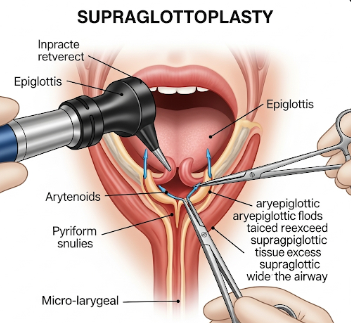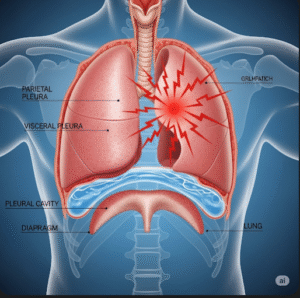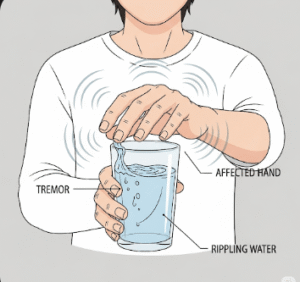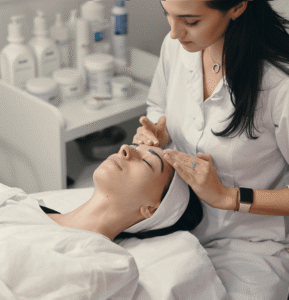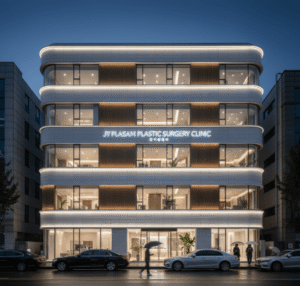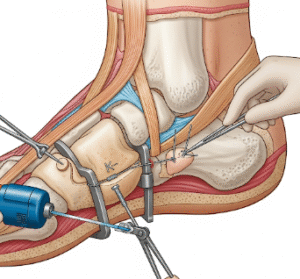Overview
Supraglottoplasty is a specialized surgical procedure performed to treat laryngomalacia, the most common cause of noisy breathing (stridor) in infants. It involves reshaping or removing excess tissue in the supraglottic area of the larynx to improve airflow and prevent airway obstruction.
In Korea, supraglottoplasty is offered in advanced pediatric ENT and airway centers, using minimally invasive techniques, endoscopic surgery, and high-precision tools. Korean hospitals are renowned for excellent surgical outcomes, safety protocols, and post-operative care, making them a preferred choice for parents seeking treatment for infants with laryngomalacia.
What is Supraglottoplasty?
Supraglottoplasty is an endoscopic surgical procedure targeting the supraglottic region (above the vocal cords) of the larynx. It is most commonly indicated in infants with severe laryngomalacia, where floppy supraglottic tissues collapse during breathing, causing noisy inhalation or feeding difficulties.
Key aspects include:
- ✦ Endoscopic approach – surgery is performed through the mouth using a small camera and instruments.
- ➤ Tissue modification – redundant mucosa, arytenoid tissue, or epiglottic folds are trimmed or repositioned.
- ✦ Restoration of airway patency – improves oxygenation and reduces breathing difficulty.
- ➤ Minimally invasive – avoids external incisions, promoting faster recovery.
Supraglottoplasty can dramatically improve breathing, feeding, and growth in affected infants.
What are the Benefits?
Supraglottoplasty provides multiple advantages:
✅ Immediate relief of airway obstruction – reduces stridor and breathing difficulty.
➤ Improved feeding – allows infants to eat without tiring or choking.
✦ Better growth and development – due to improved oxygenation and nutrition.
➤ Minimally invasive – no external scars or significant tissue trauma.
✅ High success rates – most infants experience significant improvement within days.
✦ Short hospital stay – usually 1–2 days.
➤ Reduced risk of complications with experienced pediatric ENT surgeons.
Procedure Details
1) How should I prepare for Supraglottoplasty?
Preparation involves:
- ✦ Detailed ENT evaluation – endoscopic airway assessment and imaging if needed.
- ➤ Medical history review – birth history, respiratory issues, and feeding difficulties.
- ✦ Pre-operative fasting – typically 4–6 hours for infants.
- ➤ Discussion with surgeon about risks, benefits, and expected outcomes.
- ✦ Pre-anesthesia assessment – infants are evaluated for general anesthesia safety.
- ➤ Parental counseling – understanding post-operative care and feeding guidelines.
2) What happens during the procedure Supraglottoplasty?
The surgery is performed under general anesthesia and usually takes 30–60 minutes:
➤ Step 1: The infant is placed under general anesthesia with airway secured using an endotracheal tube.
✦ Step 2: A laryngoscope is inserted to visualize the supraglottic structures.
➤ Step 3: Redundant or floppy tissues (arytenoid mucosa, epiglottic folds) are carefully trimmed, repositioned, or sutured.
✦ Step 4: Any tissue causing obstruction is reshaped to prevent collapse during breathing.
➤ Step 5: Endoscopic evaluation ensures airway patency before ending the procedure.
The procedure is highly precise, and specialized instruments minimize tissue trauma and bleeding.
3) What happens after a Supraglottoplasty?
Post-operative care includes:
- ✦ Short hospital stay – typically 1–2 days for observation.
- ➤ Monitoring for airway swelling or obstruction immediately post-surgery.
- ✦ Pain management – usually mild, with acetaminophen or infant-safe analgesics.
- ➤ Feeding – infants may resume breast or bottle feeding within 24 hours, depending on comfort.
- ✦ Follow-up visits – endoscopic check to ensure proper healing and airway patency.
- ➤ Long-term monitoring – ensure stridor is resolved and growth milestones are met.
Most infants show rapid improvement in breathing and feed comfortably within days.
Risks / Benefits
Potential Risks:
- ✦ Post-operative airway swelling (usually mild).
- ➤ Bleeding at the surgical site.
- ✦ Infection (rare due to endoscopic approach).
- ➤ Need for revision surgery if obstruction persists.
- ✦ Anesthesia-related complications (rare, carefully monitored in Korea).
Benefits:
- ✅ Immediate improvement in breathing and oxygenation.
- ✅ Enables normal feeding and growth.
- ✅ Minimally invasive, with no external scarring.
- ✅ High success rates with experienced pediatric ENT surgeons.
Recovery and Outlook
Recovery is rapid due to the minimally invasive approach:
- ➤ Hospital stay: 1–2 days.
- ✦ Feeding and nutrition: usually resumed within 24 hours.
- ➤ Improvement in stridor: often seen immediately or within a few days.
- ✦ Full recovery: typically within 1–2 weeks.
- ➤ Long-term prognosis: excellent; most children lead normal, healthy lives without airway issues.
Proper follow-up ensures airway remains clear and normal breathing patterns are maintained.
When To Call the Doctor
Parents should contact the surgeon if they notice:
⚠ Persistent or worsening stridor after surgery.
⚠ Difficulty breathing or cyanosis (blue lips/fingertips).
⚠ Fever, swelling, or signs of infection.
⚠ Feeding difficulties or inability to gain weight.
⚠ Unusual bleeding from the mouth or throat.
Best Korea Option / Process
Korea provides world-class supraglottoplasty care with:
- ✦ Highly trained pediatric ENT surgeons with extensive airway experience.
- ➤ Advanced endoscopic and surgical tools for precise, minimally invasive surgery.
- ✦ Multidisciplinary care teams including anesthesiology, nursing, and nutrition specialists.
- ➤ Short hospital stay and quick recovery protocols.
- ✦ Comprehensive post-operative monitoring for infants.
- ➤ International patient support with English-speaking coordinators.
Korea is an excellent choice for safe, precise, and effective supraglottoplasty with excellent long-term outcomes.
Highlights of Supraglottoplasty in Korea
- ✅ Treats laryngomalacia effectively in infants.
- ➤ Minimally invasive endoscopic surgery.
- ✦ Rapid improvement in breathing and feeding.
- ➤ Short hospital stay and quick recovery.
- ✅ Performed by top pediatric ENT specialists with advanced monitoring.

